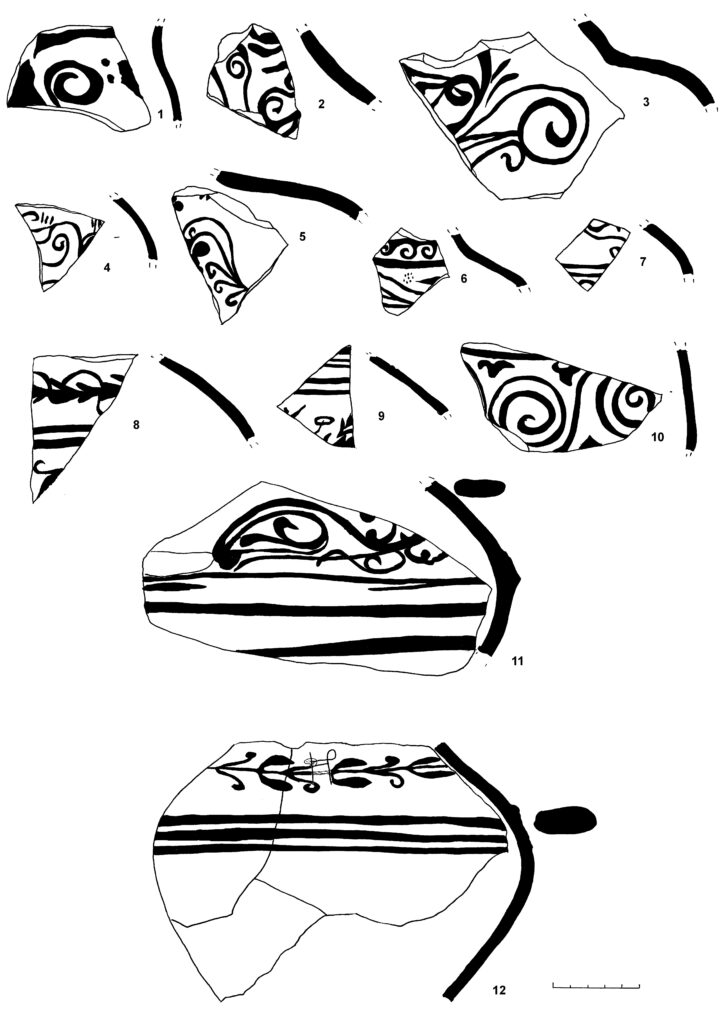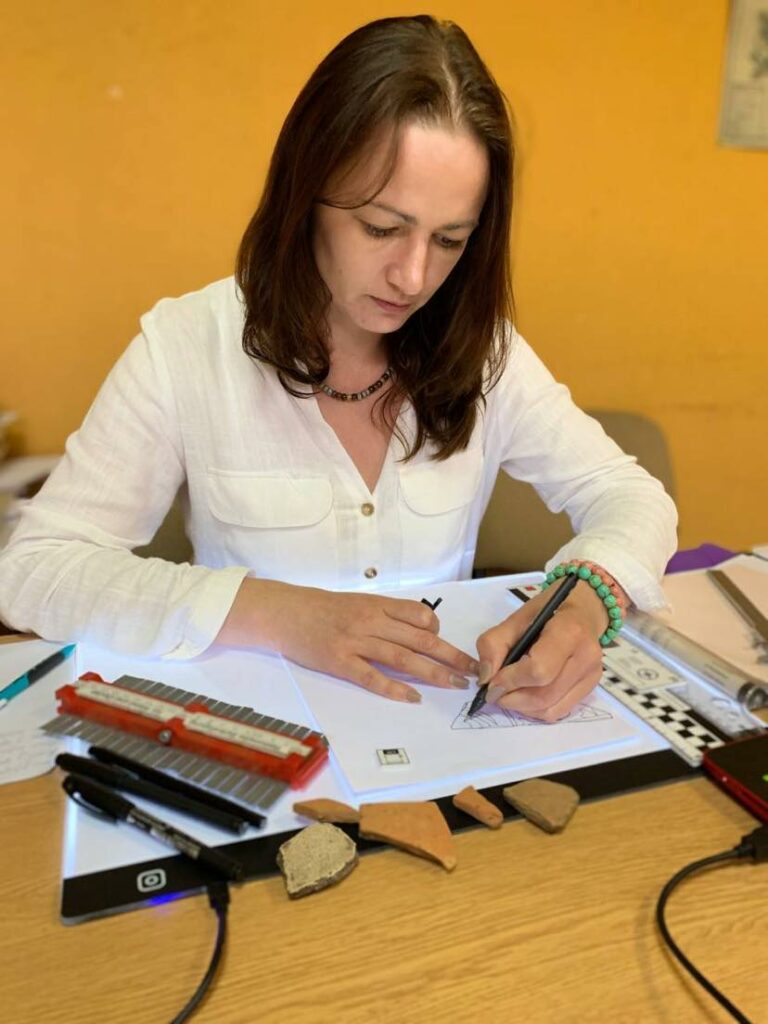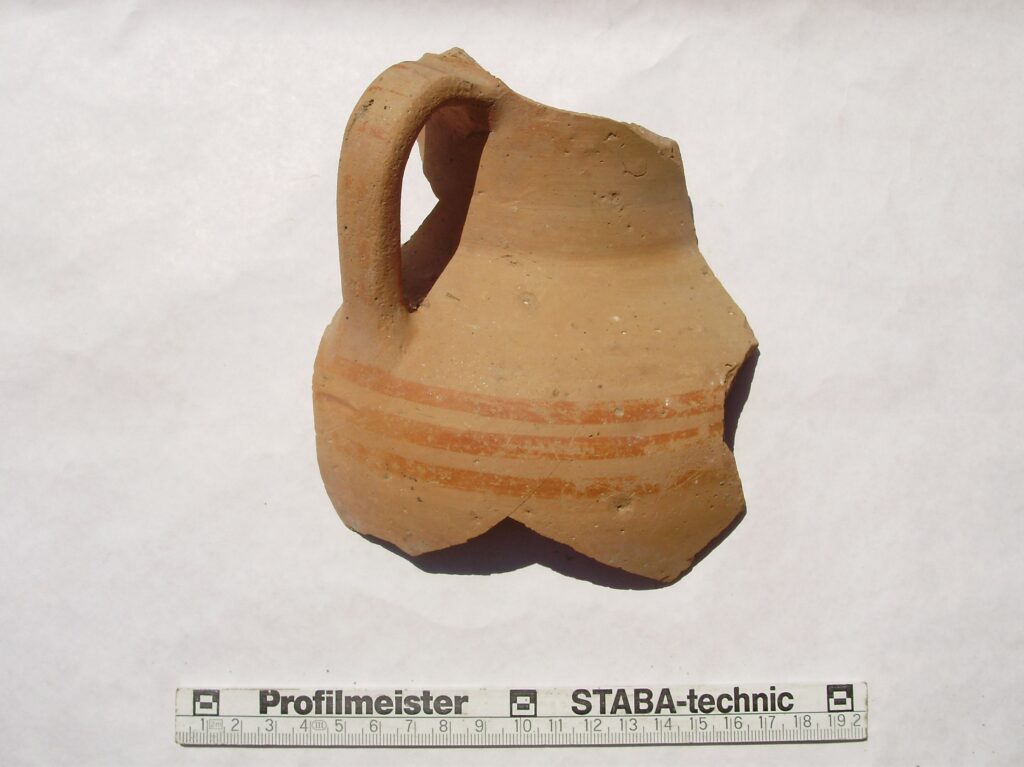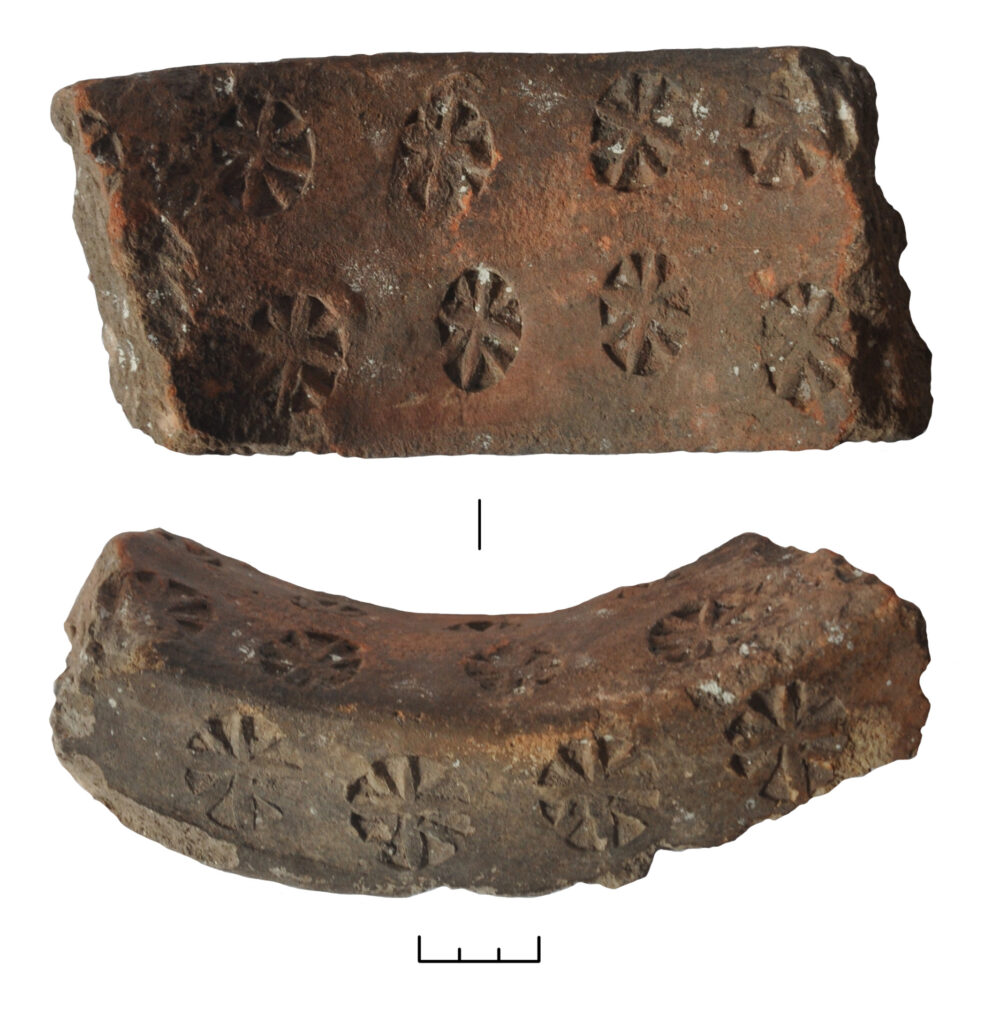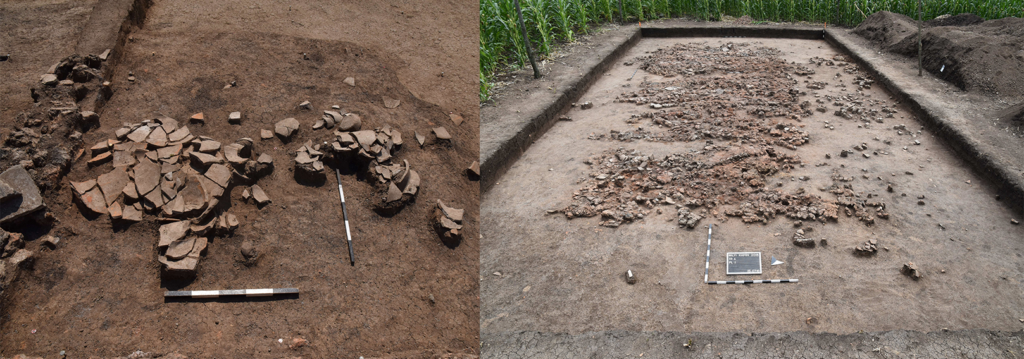The Greek poleis on the northern Black Sea coast were by no means an episodic phenomenon in the history of modern Ukraine, but a period that had a significant impact on a region that is considered a crossroads of trade routes and a melting pot of different cultural traditions. The rich heritage of ancient Greek cities such as Chersonesos, Olbia, Tyras or Nikonion testifies to a flourishing cultural and economic exchange along the northern Pontus. Viktoriia Kotenko, Senior Research Fellow at the Department of Ancient Archaeology at the Institute of Archaeology of the National Academy of Sciences of Ukraine studies pottery and its distribution in Hellenistic poleis as part of her DAI fellowship. Here, she presents her ongoing work on the pottery exchange between settlements on the Crimean Peninsula and Hellenistic sites in the mainland of southern Ukraine.
The Ancient sites of the Northern Black Sea region in southern Ukraine, have suffered considerably from Russian aggression in recent years. Therefore, in order to raise awareness of the cultural heritage of these sites and to preserve it, it is very important to comprehensively analyze their material culture now. My project considers materials from sites in Crimea, obtained in the period before the annexation of the peninsula in 2014, as well as finds from Olbia (Fig. 1), Tyras and Nikonion, which were obtained before the Russian invasion of Ukraine in 2022. These poleis are also suffering from shelling in Mykolaiv and Odesa regions.
The material base of my research project is represented mainly by ceramic products (Fig. 2). I analyze the distribution of ceramics in the Northern Black Sea region associated with the discussion about trade in the Ancient time. Another focus of my study are certain types of vessels and their belonging to local production or to imported wares. In the Hellenistic time, amphorae, tableware and cooking ware were actively and massively manufactured in Tauric Chersonesos and distributed to the settlements of its chora in Northwestern Taurica. This was in line with the political priorities of the polis and opened way to a remote region of mainland poleis of Lower Bug and Lower Dniester area. Previous research has shown that Tauric Chersonese had active trade contacts with these centers. During the archaeological excavation, we realized that Chersonesan ceramics were found mainly in the Hellenistic stratum. In addition to the amphorae, tableware was also imported to Olbia, where it was represented by a compact group of red-clay ceramics with a characteristic ornamentation consisting of painted red stripes or plant motifs. Some types of the paintings might have been a local imitation of Hadra style. Among the shapes of vessels table jugs dominate. Fragments of flasks have also been documented. The chronology of such imports obviously coincides with the arrival of Chersonesan container amphorae to Olbia (last quarter of the 4th – first quarter of the 2nd centuries BC).
In the first stage of my project I have collected and analyzed the historiographic sources, which encompass analyses of papers since the turn of 19th–20th centuries. In the second stage I describe the Chersonesan ceramic imports to Olbia. I outline the general and economic framework for Chersonesos and Olbia economic contacts, as well as for local Chersonesan pottery production. This also includes an analysis of epigraphic sources and Olbian ceramic imports to the polis of Chersonesos. This work has been accompanied by documentation of the ceramics: drawing, photographing, and compiling a catalogue (Figs. 3–4). The main part of this stage deals with Chersonesan ceramics from Olbia with a focus on jugs with linear ornamentation (Fig. 5), jugs with floral ornaments and other shapes. As results, I will present information on Chersonesan ceramic imports to Olbia in the context of interpoleis relations in the region. The following stages will deal with Chersonesan ceramics from Tyras and Nikonion, as well as with the peculiarities of Chersonesan ceramic imports to the Northwest Black Sea region.
I plan to present my research project as a monograph and I hope that it will draw attention to the cultural heritage of the sites, which have been suffered from Russian aggression, and will be useful for Hellenistic studies in Ukraine and in the world.
Viktoriia Kotenko


